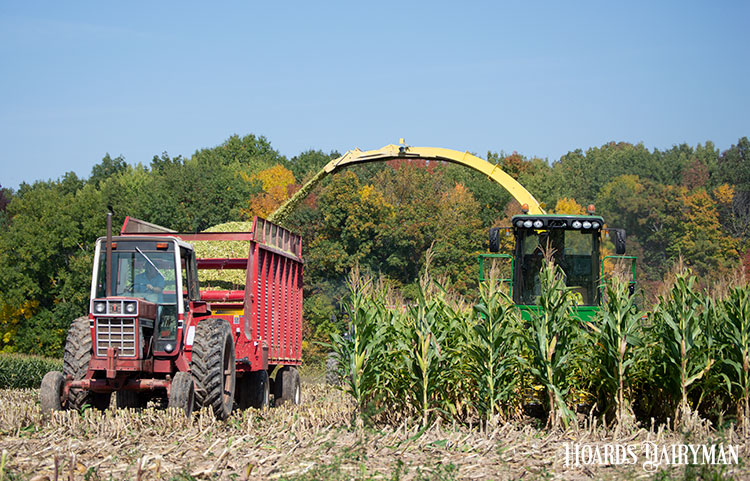
The corn planting season for silage is nearly completed, and it is not too early to start planning the corn harvesting season. In this planning phase, farmers might consider the use of silage inoculants to enhance silage fermentation or improve the aerobic stability of the silage.
In this regard, have you ever wondered why the benefits of silage inoculants vary? According to a recent study from the University of Delaware, the effectiveness of silage inoculants depends on biological processes that are affected by their interaction with the environment. To better understand this variation, it is helpful to understand the interaction between lactic acid bacteria from the inoculant and epiphytic lactic acid bacteria.
In general terms, lactic acid bacteria ferment soluble carbohydrates under anaerobic conditions and produce lactic acid as a by-product. Because it is a very strong acid, lactic acid production lowers the pH and inhibits microbial growth. This is the process that allows and ensures forage preservation.
That being said, lactic acid bacteria in the silage have two origins, which are the lactic acid bacteria from an inoculant and/or the epiphytic lactic acid bacteria from the crop. The latter are lactic acid bacteria that grow on the crop regardless of the use of silage inoculants. When inoculants are used, epiphytic lactic acid bacteria from the crop compete against the lactic acid bacteria from the inoculant.
The moisture of the crop matters
In the study mentioned above, the investigators evaluated the impact of moisture of the crop on the competition between lactic acid bacteria from the inoculant and the epiphytic lactic acid bacteria from the crop. Researchers concluded that the moisture of the crop affected the epiphytic microbial community. More specifically, the study that evaluated silage 60-day postensiling determined that the effectiveness of the inoculant improving the aerobic stability was greater for corn harvested with low moisture concentration (61%) than for corn harvested with more moisture (68%). In terms of competition, it seems that lactic acid bacteria from the inoculant competed better against epiphytic bacteria when the moisture of the forage was less.








